Raise your hands to save world animal life.
.jpg)
Tiger
Tigers worldwide face endangerment from habitat loss, poaching, and illegal trade. They are hunted for body parts used in traditional medicine and luxury items. Deforestation and human encroachment destroy their habitats. Conservation efforts aim to restore habitats, fight poaching, and combat wildlife trade for the long-term survival of tigers.
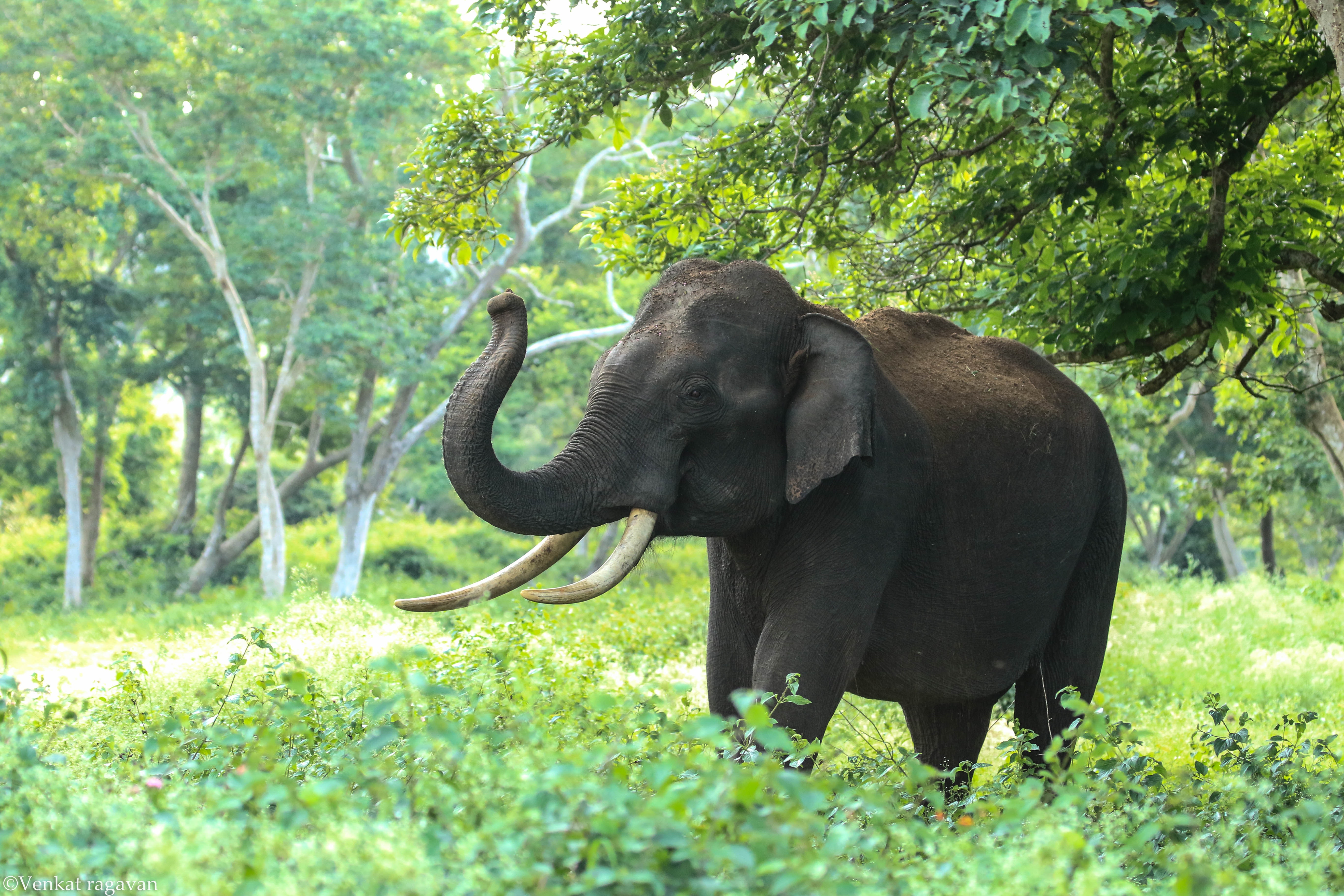
Elephant
Elephants, large land animals, face endangerment due to ivory poaching, habitat loss, and human-wildlife conflict. Their decline has significant ecological consequences. Conservation efforts emphasize anti-poaching measures, habitat protection, and community initiatives to reduce conflicts. Strict laws and bans on ivory trade aim to safeguard these gentle giants for future generations.

Lion
Lions, once widespread, are now vulnerable due to habitat loss, human encroachment, and poaching. Growing human populations lead to conflicts and habitat fragmentation. Poaching for lion parts exacerbates the threat. Conservation efforts prioritize protected areas, community initiatives, and anti-poaching measures to promote coexistence and preserve lion populations for ecosystem health.
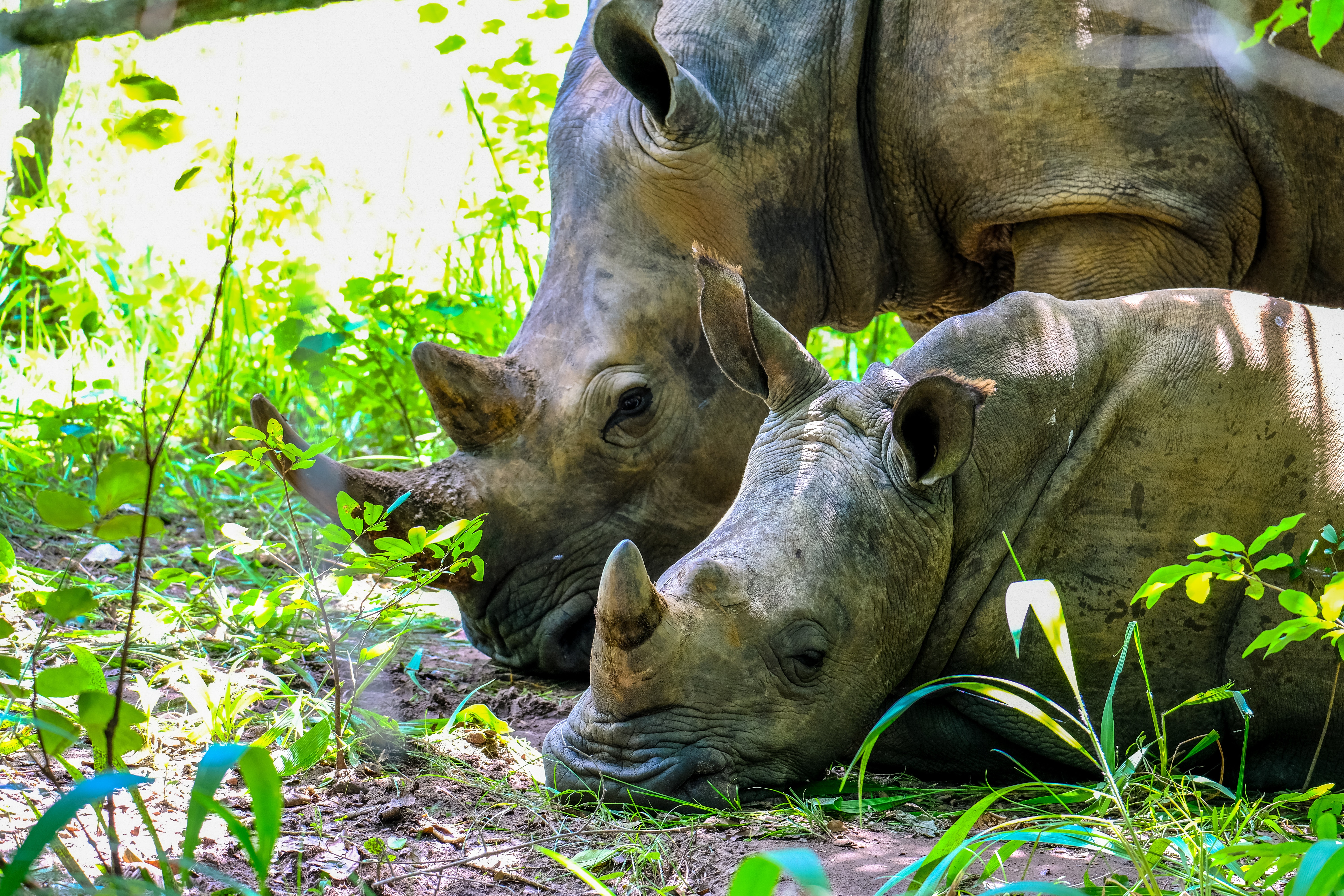
Rhinoceros
Rhinoceros species, like the black and white rhinos, face critical endangerment due to rampant poaching and habitat loss. Demand for their horns drives the illegal trade. Conservation efforts include anti-poaching measures, habitat preservation, and protected areas. International collaborations, community involvement, and awareness campaigns are crucial to combat the trade and protect rhinos for the sake of ecosystems.

Leophard
Leopards, an endangered species, face threats from habitat loss, poaching, and illegal wildlife trade. Their natural habitats are converted for agriculture and human settlements, leading to population declines. Poaching for their fur and body parts further exacerbates the issue. Conservation efforts aim to protect habitats, enhance anti-poaching measures, and raise awareness for leopard conservation.
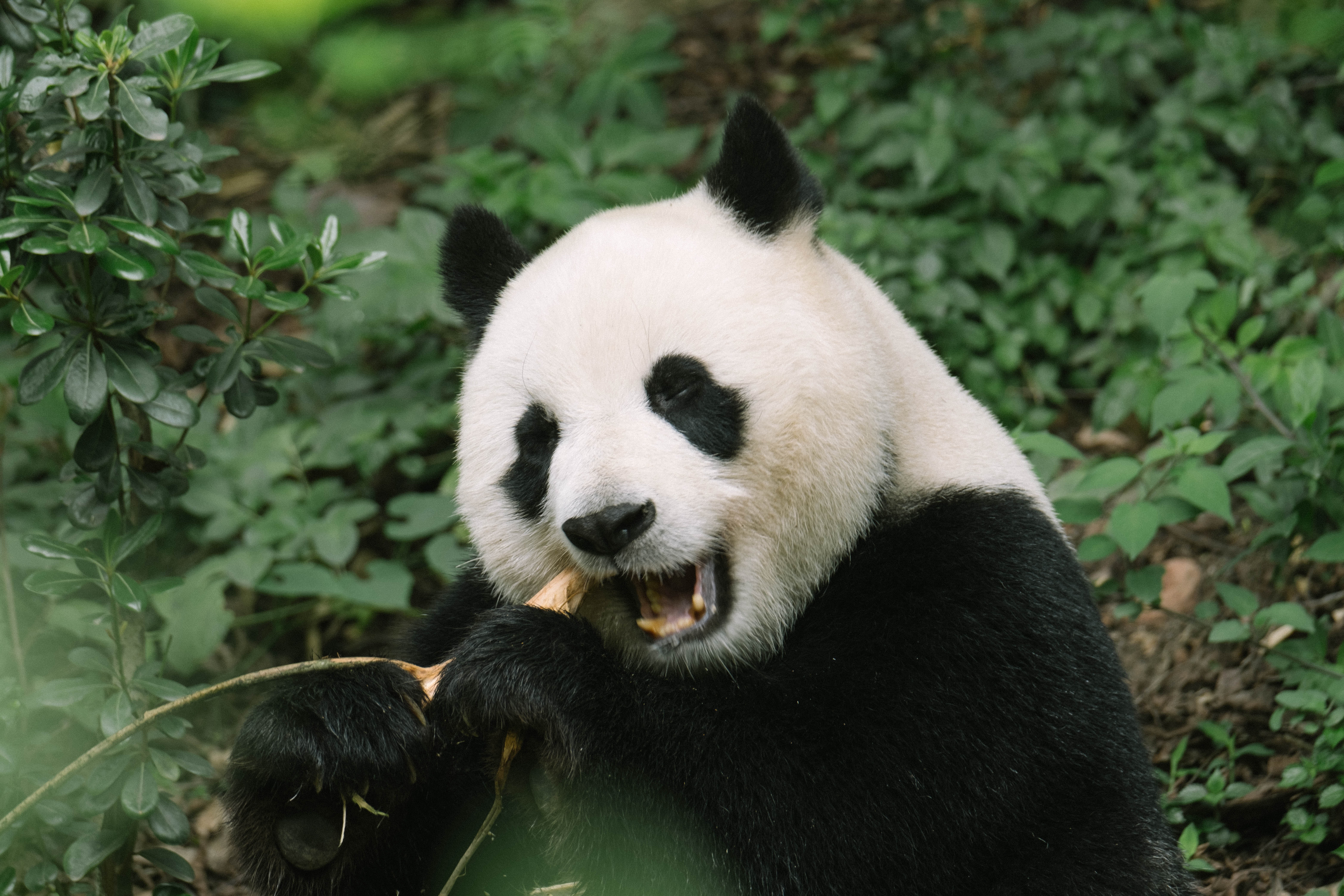
Giant Panda
The giant panda, endangered due to habitat loss and fragmentation, suffers from shrinking bamboo forests. This threatens their food sources and breeding grounds, leading to population decline. Conservation efforts prioritize habitat protection, restoration, nature reserves, and breeding programs. International collaborations aim to raise awareness and support for preserving this iconic species.
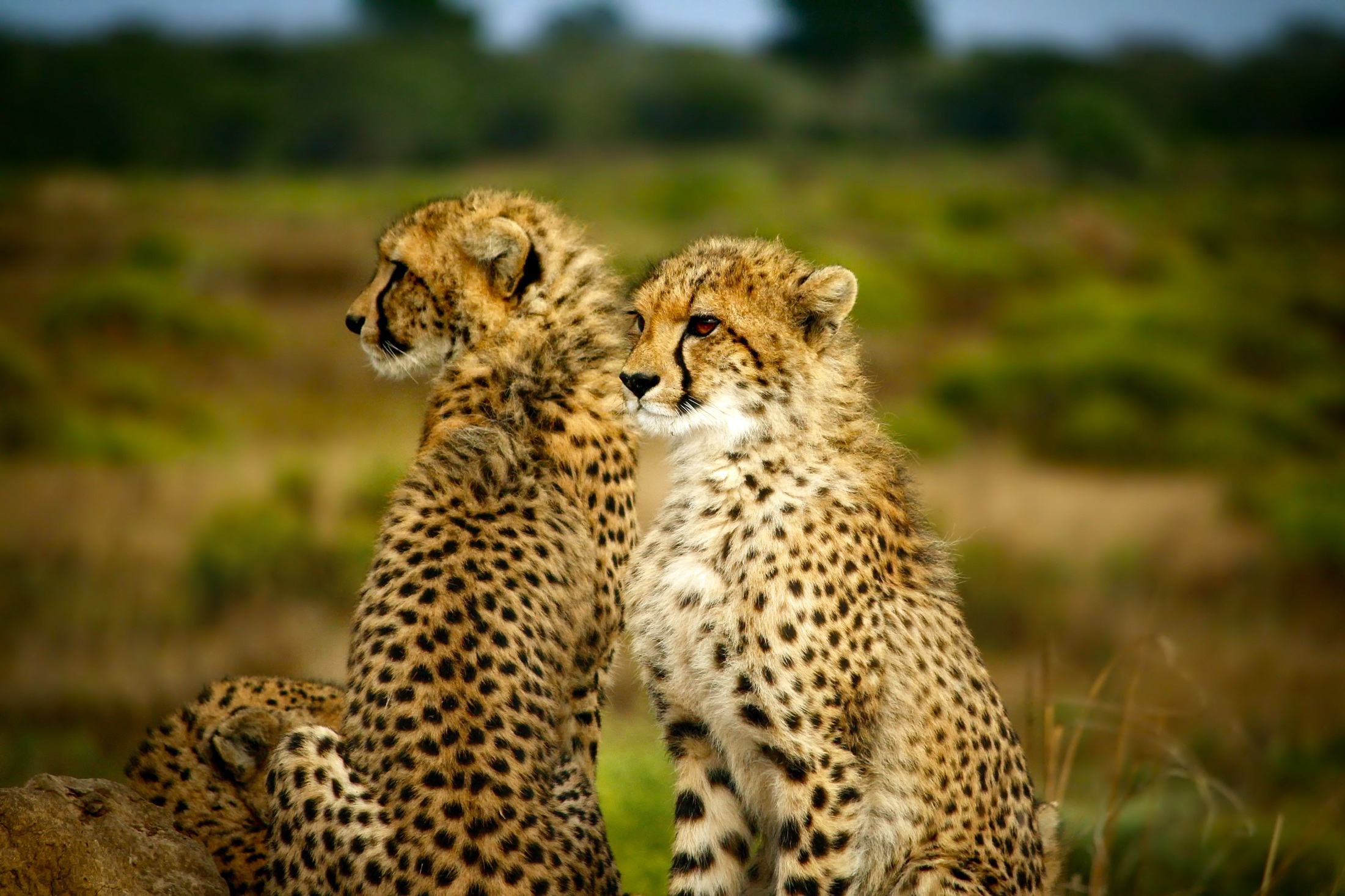
Cheeta
The cheetah, an endangered species, faces threats from habitat loss, fragmentation, and degradation. Human encroachment limits their space and prey access, leading to conflicts. Illegal wildlife trade and poaching for skins and body parts exacerbate the issue. Conservation efforts prioritize habitat preservation, anti-poaching measures, and raising awareness for cheetah protection.
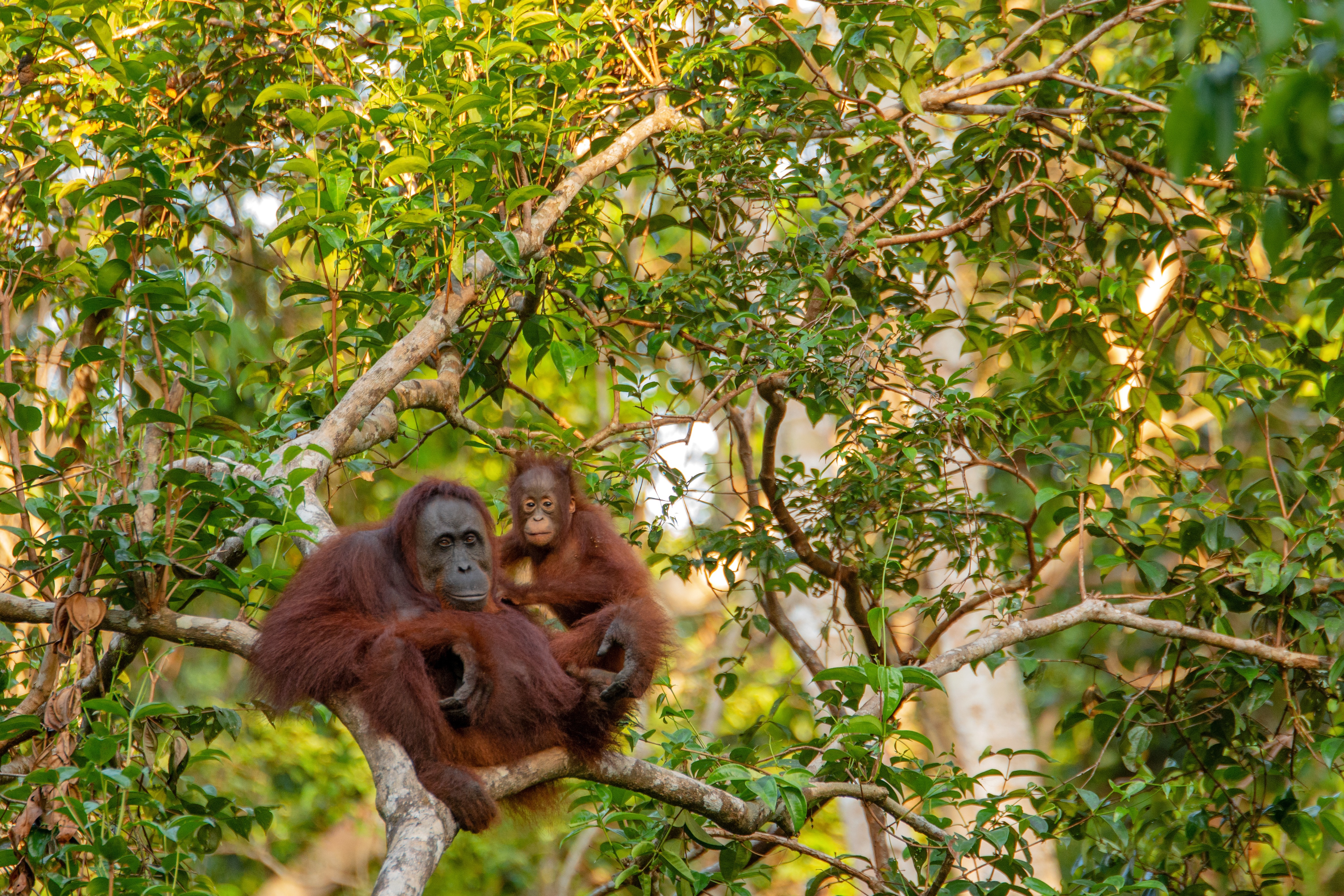
Orangutan
Orangutans are endangered due to deforestation for agriculture, including palm oil plantations, causing habitat loss and fragmented populations. Poaching for the pet trade adds to the threat. Conservation efforts prioritize protected areas, anti-poaching measures, and rehabilitation centers to safeguard orangutans and raise public awareness for their preservation.

Tortoise
Endangered tortoises face challenges from habitat destruction, illegal pet trade, and slow reproductive rates. Conservation efforts prioritize habitat protection, regulations against illegal trade, and raising awareness. Promoting sustainability and supporting conservation initiatives are crucial for the survival of these ancient creatures for future generations.

Turtle
Endangered turtles face challenges from habitat loss, pollution, and climate change. Coastal development disrupts nesting and foraging areas. Rising temperatures affect hatchling sex ratios and nesting sites. Accidental capture in fishing nets and illegal wildlife trade pose additional threats. Conservation efforts target habitat preservation, pollution reduction, and awareness to ensure turtle survival.
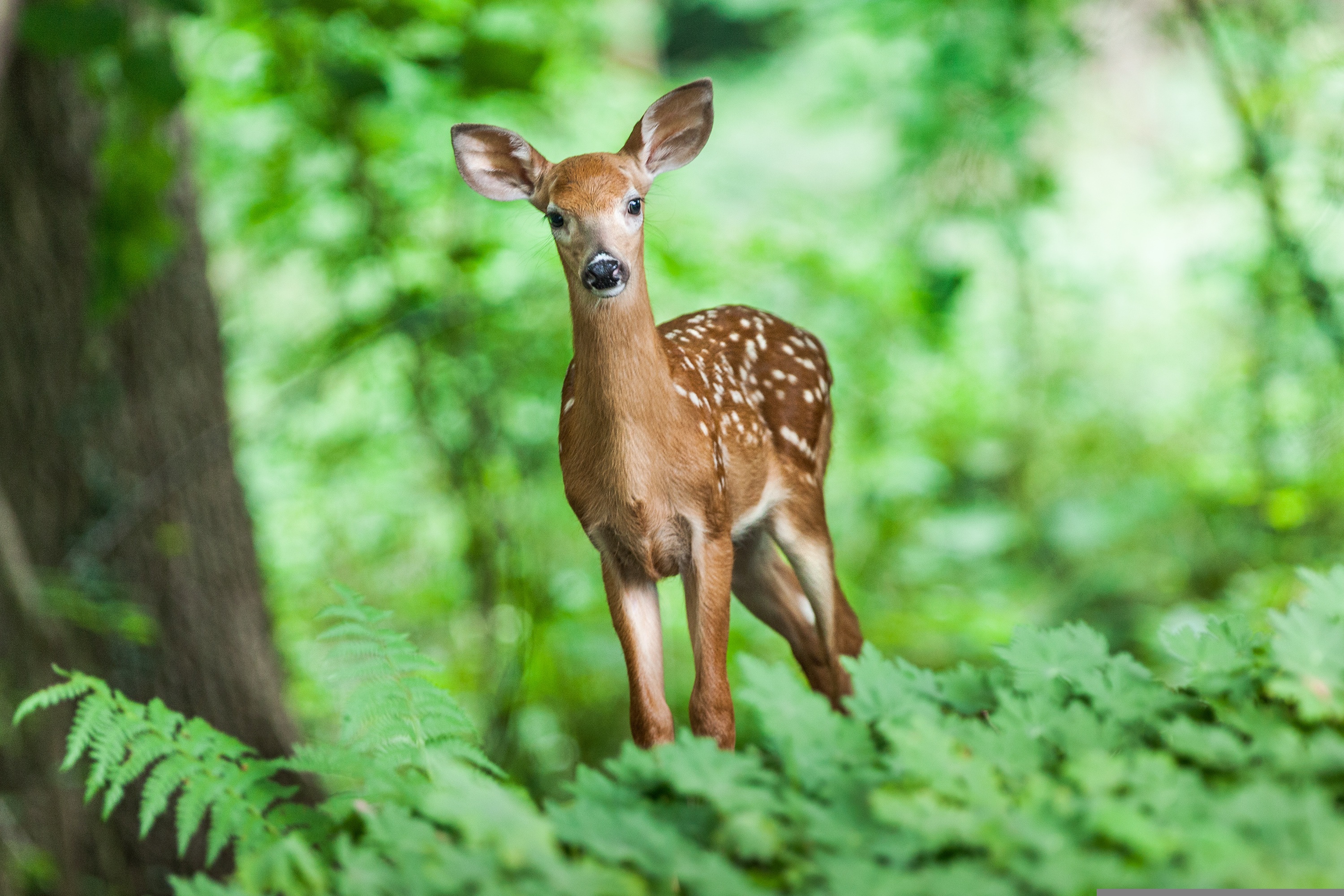
Deer
Deer species, including several endangered ones, are affected by habitat destruction, hunting, and human encroachment. Loss of natural habitat and fragmentation pose significant threats to their population. Conservation measures involve protecting their habitats, implementing hunting regulations, and promoting awareness about the importance of preserving these graceful creatures.
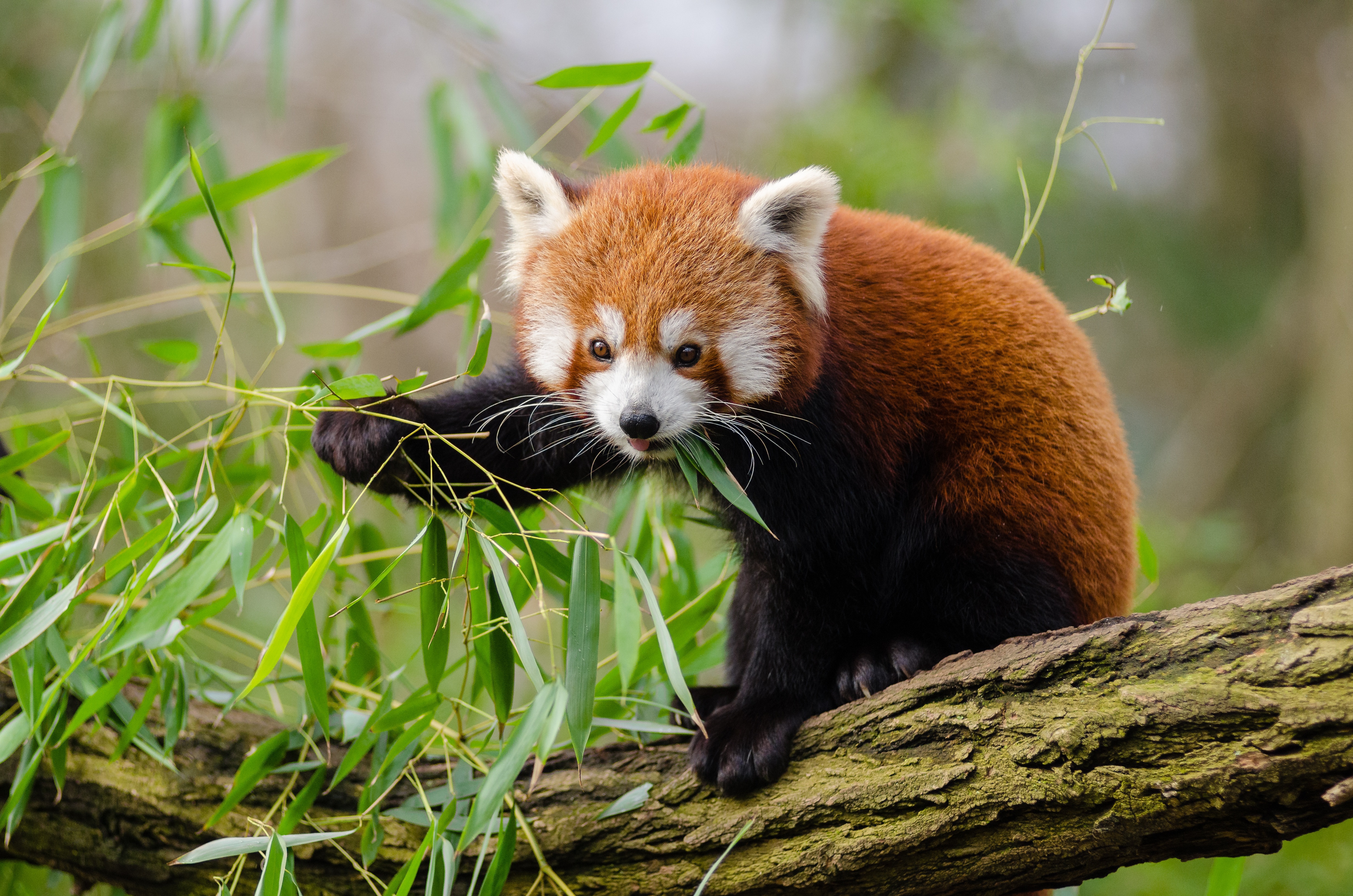
Red Panda
Red pandas, vulnerable due to deforestation, habitat fragmentation, and illegal hunting, depend on dwindling bamboo forests. Conservation efforts prioritize protected areas, sustainable forestry practices, and awareness for preserving their Himalayan habitat. Preserving red pandas is crucial for their survival and maintaining the biodiversity of the region.

Penguins
Penguins face threats from climate change, pollution, and overfishing. Rising temperatures and melting ice disrupt their habitat and food sources. Conservation efforts prioritize protecting breeding colonies, establishing marine protected areas, and promoting sustainable fishing practices. Research and awareness are crucial for preserving penguins and their unique place in the natural world.
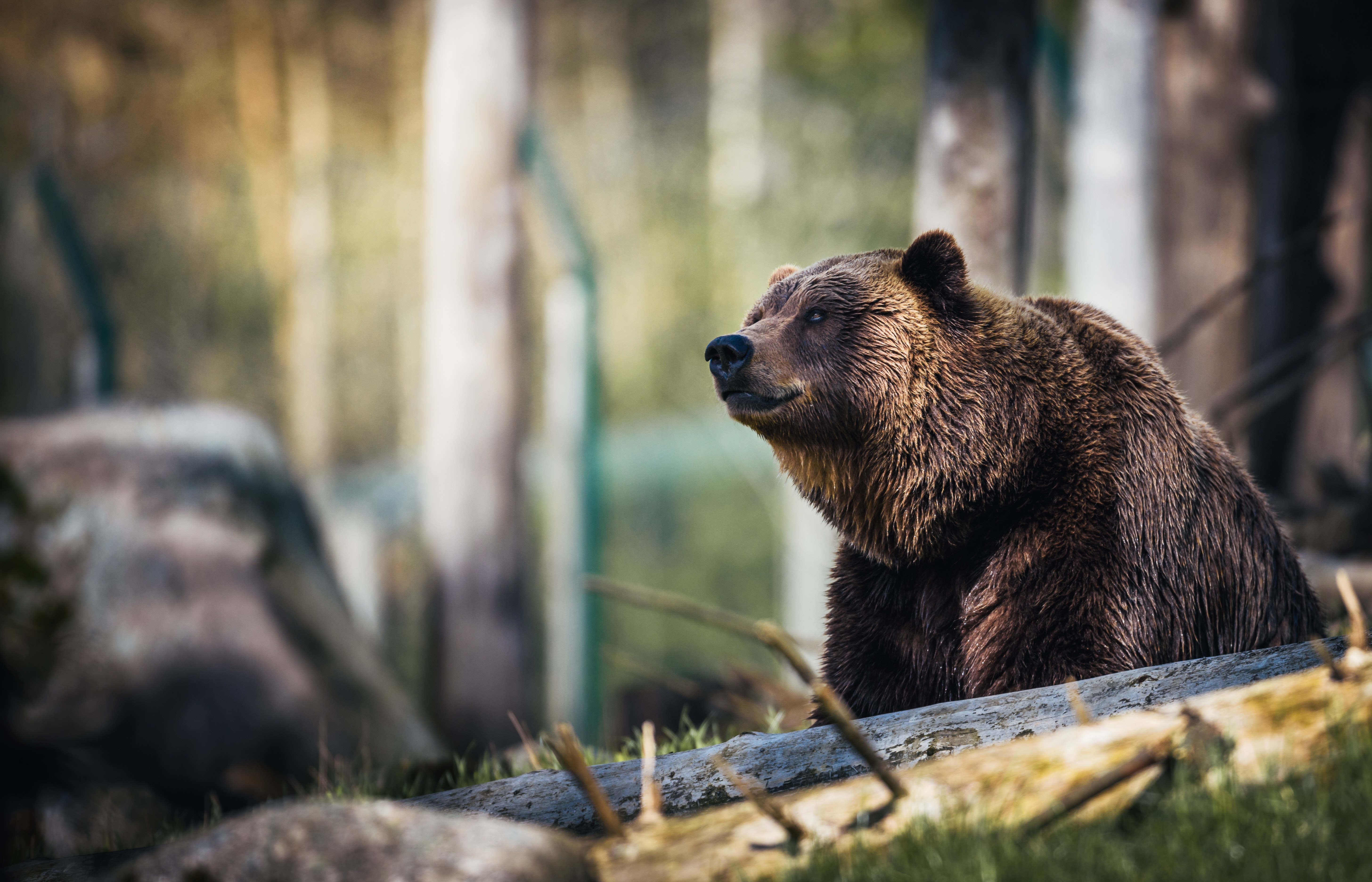
Bear
Endangered bears, like the giant panda, face threats from habitat loss, fragmentation, climate change, and illegal hunting. Conservation efforts prioritize habitat protection, restoration, and anti-poaching measures. Raising awareness and promoting sustainable practices are crucial for the survival of bears and their role in ecosystems for future generations.
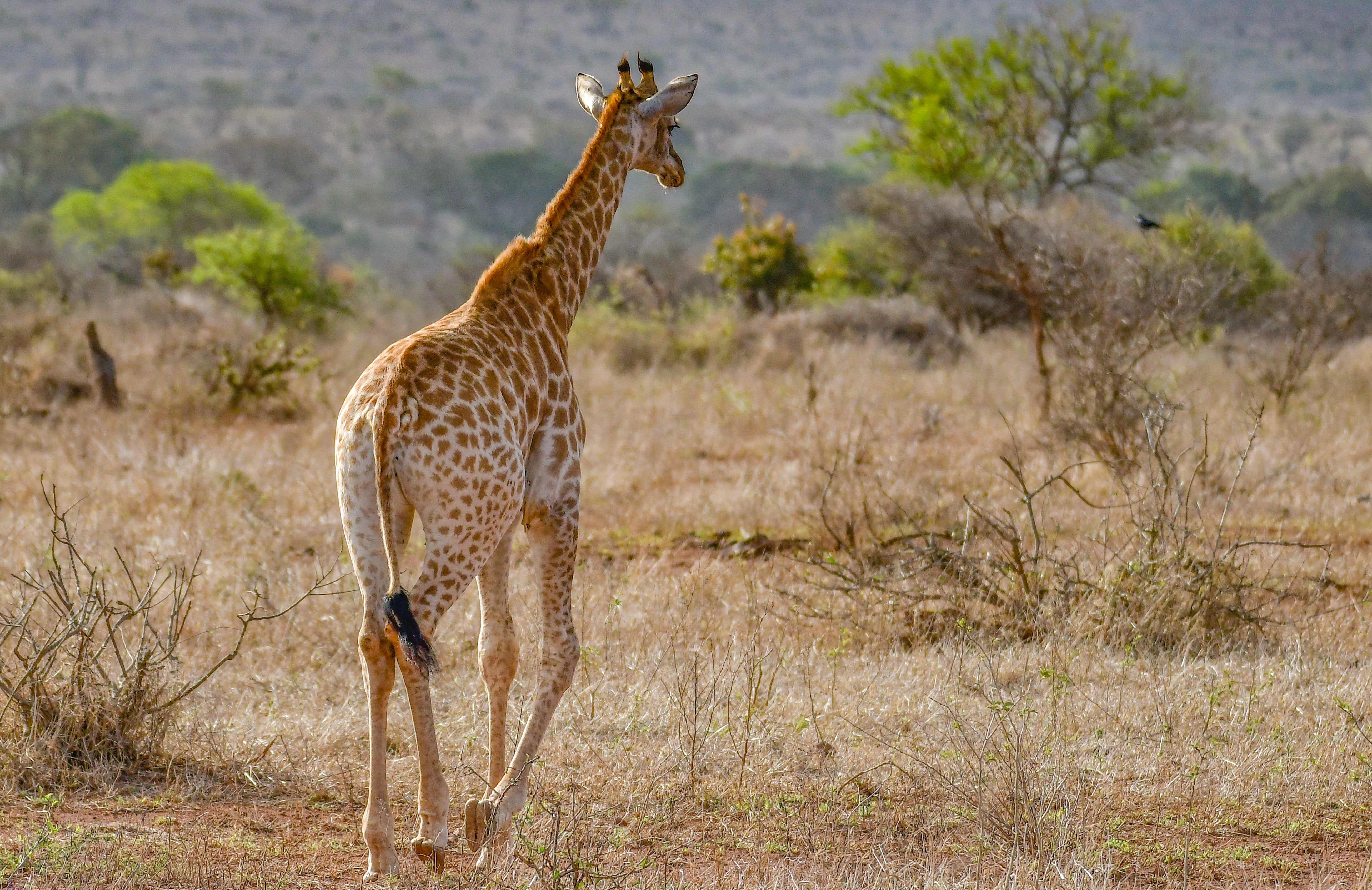
Giraffe
Giraffes, endangered due to habitat loss, climate change, hunting, and human conflicts, require habitat protection, wildlife corridors, and conflict mitigation. Raising awareness and supporting research are vital for their conservation. Preserving the iconic presence of giraffes in the natural world necessitates addressing these threats and promoting sustainable practices.